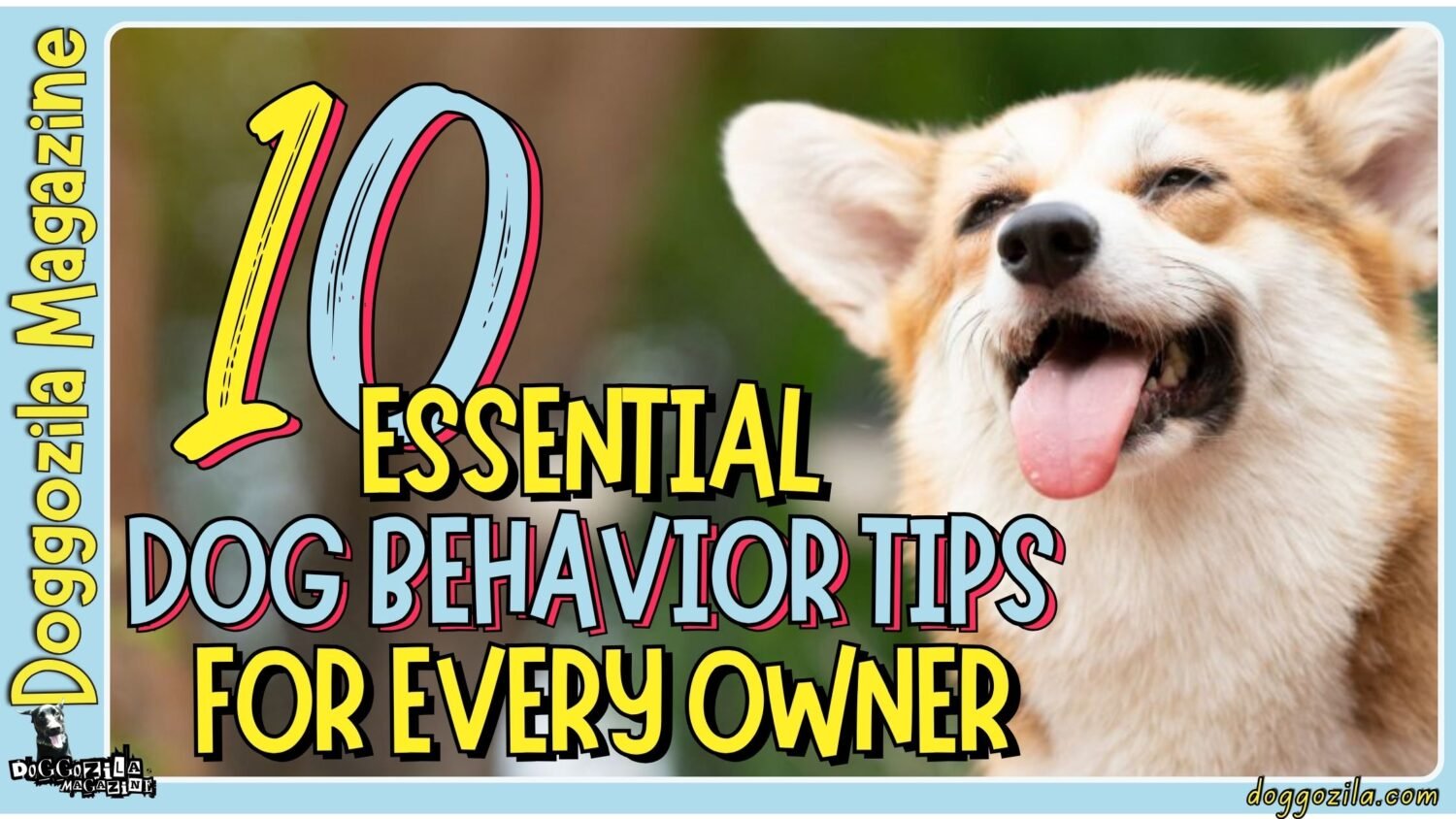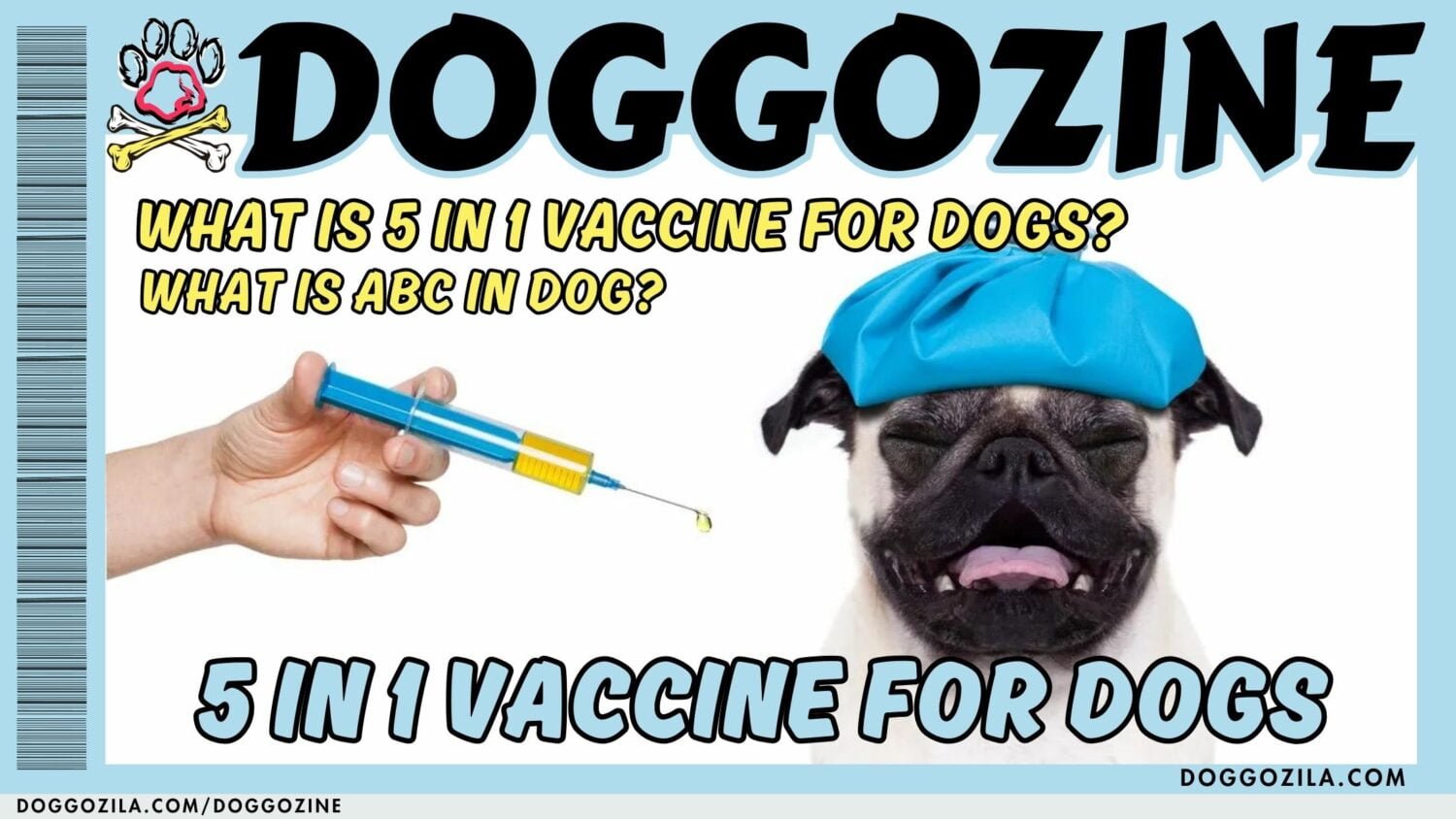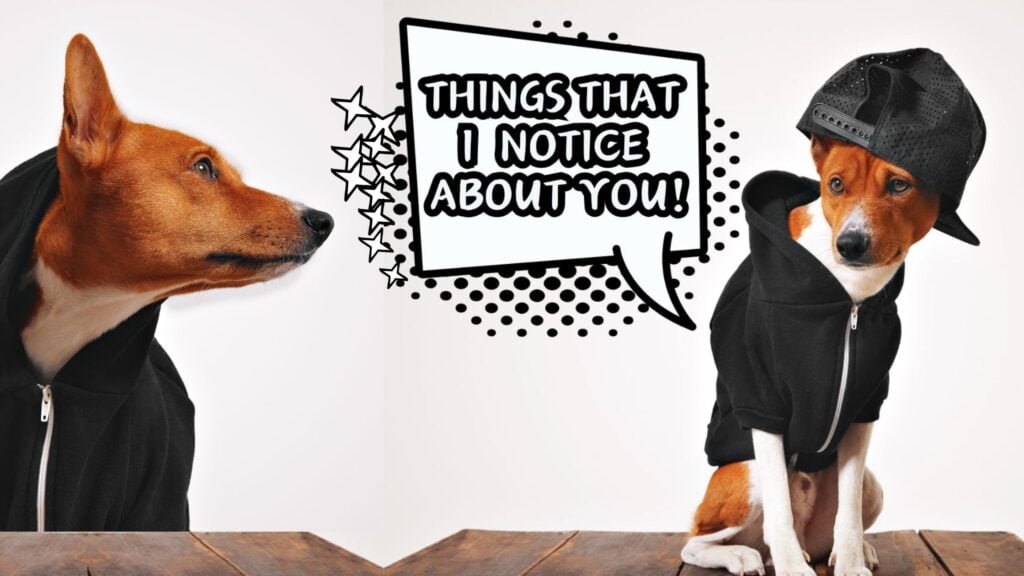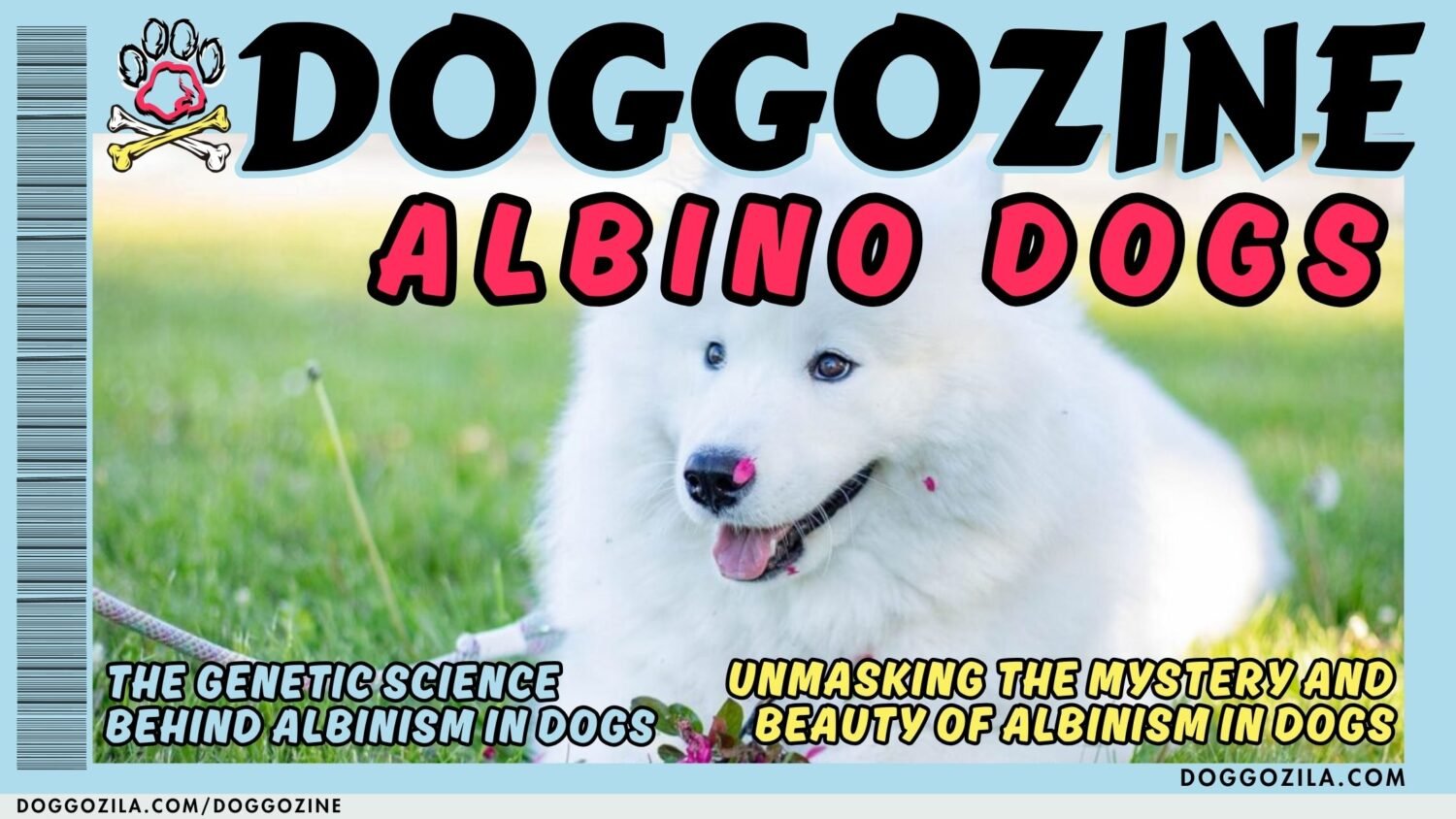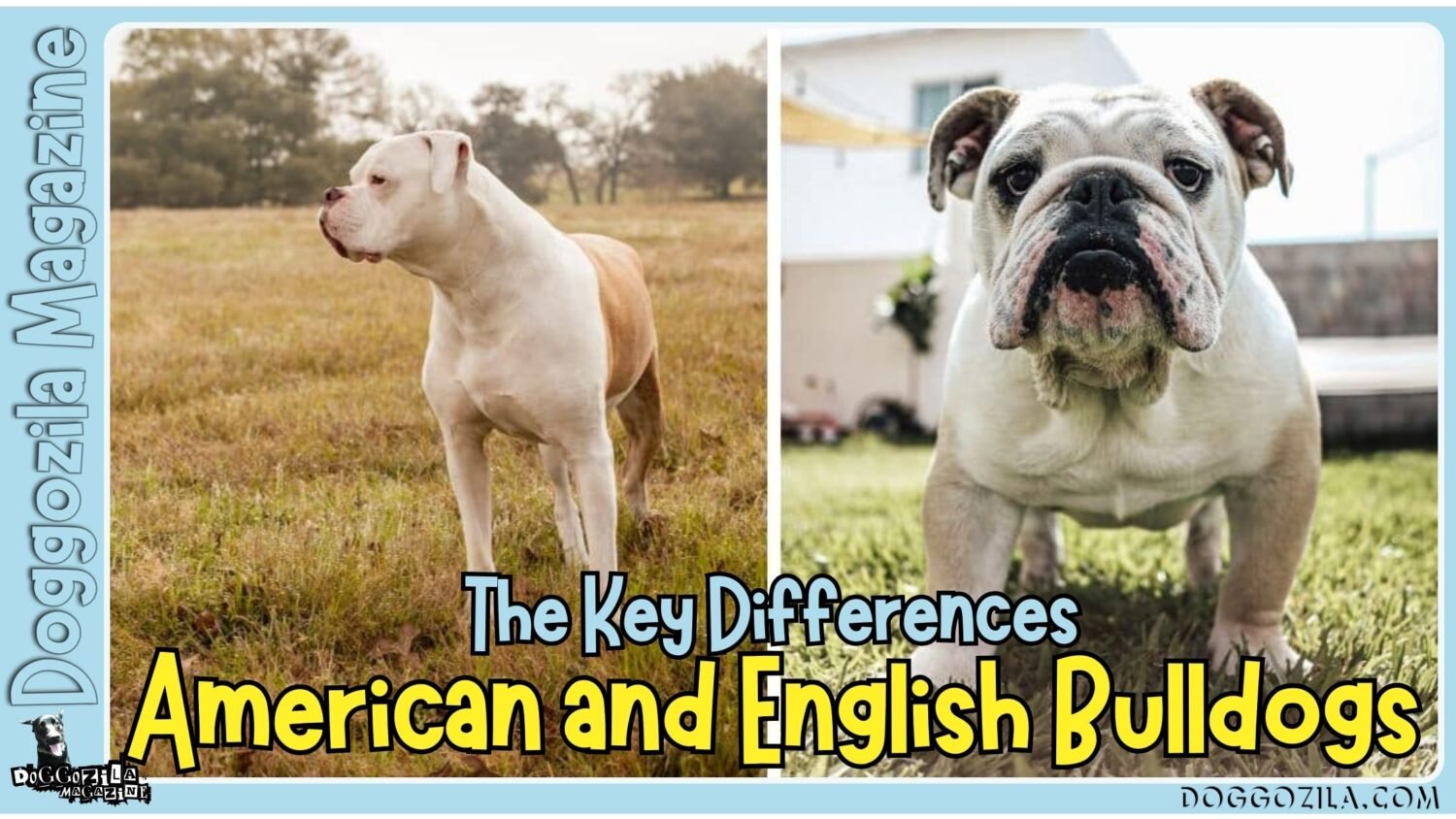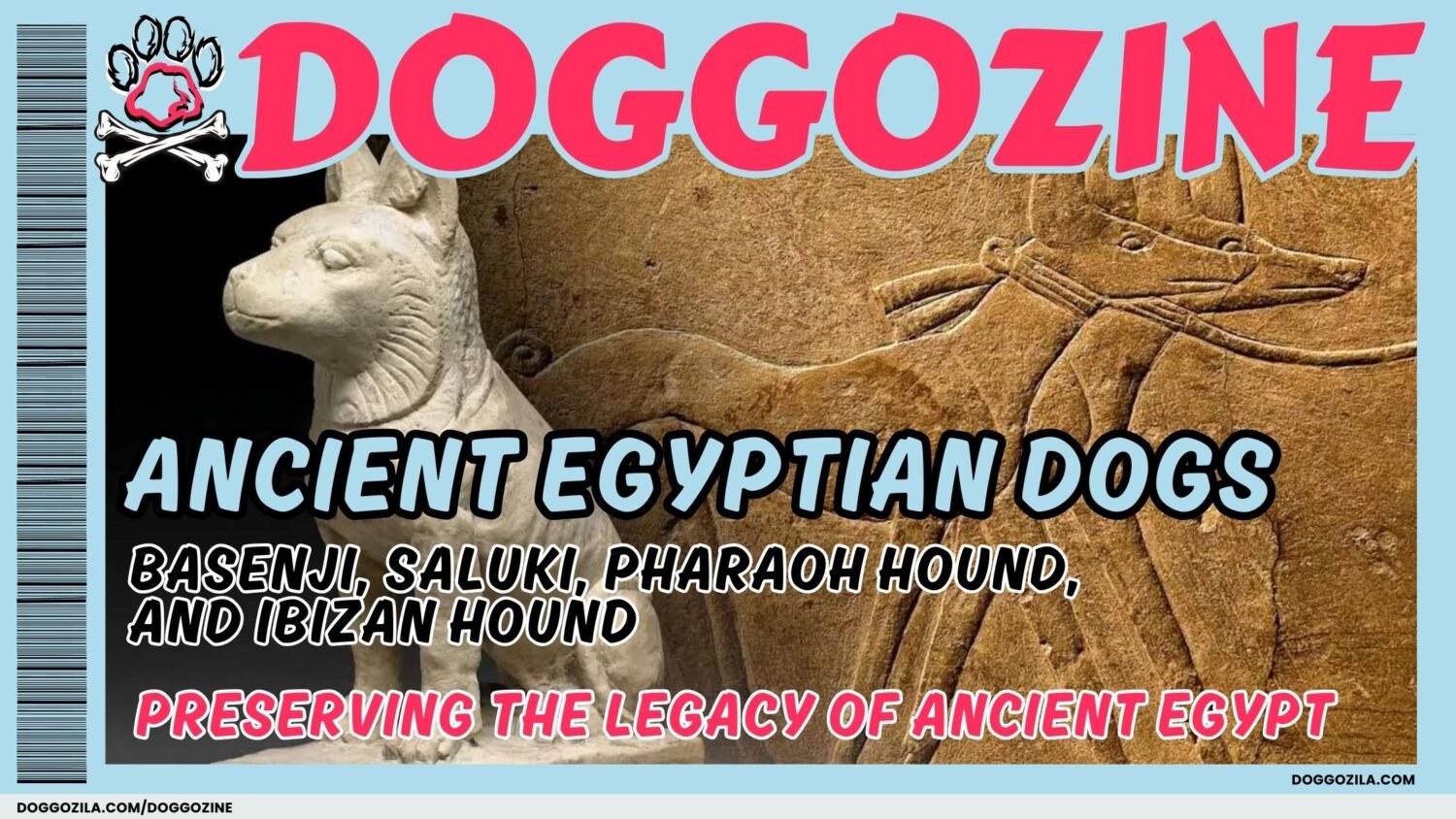We’ve all been there—staring into those big, round, soulful eyes that seem to melt our hearts instantly. But what exactly does it mean when your dog gives you those infamous puppy dog eyes? Is it a deliberate attempt to manipulate us, or is there something deeper going on?
Scientists have studied this phenomenon extensively, and the results are fascinating. From evolutionary biology to canine psychology, there’s a lot more to those adorable expressions than meets the eye. Let’s dive into the world of puppy dog eyes and uncover the secrets behind them.
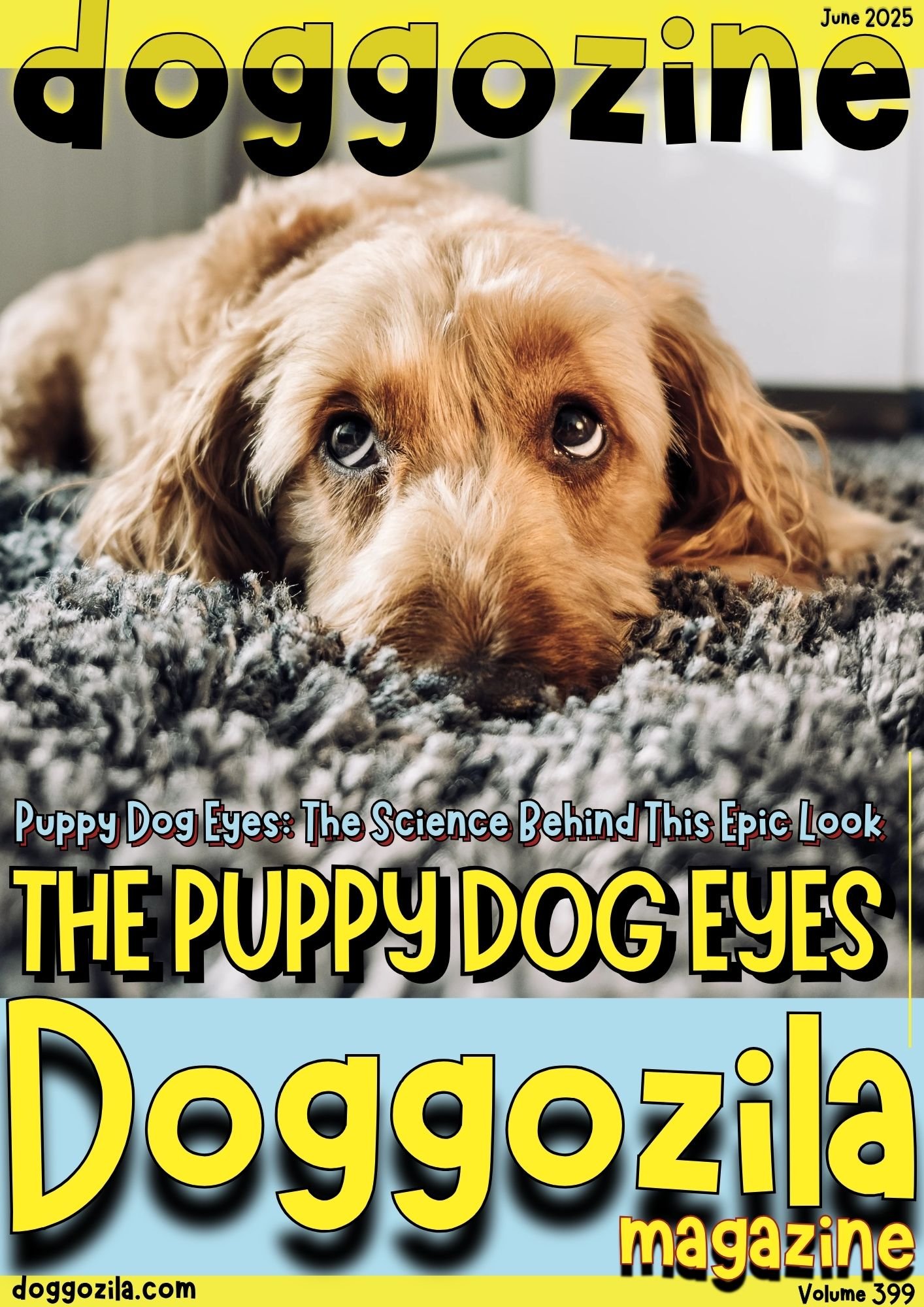
THE EVOLUTIONARY PURPOSE OF PUPPY DOG EYES: HOW DOGS MASTERED EMOTIONAL MANIPULATION
Dogs have evolved alongside humans for thousands of years, and their ability to communicate with us is nothing short of extraordinary. Research suggests that the puppy dog eyes expression is a result of selective breeding, where dogs with more expressive faces were favored by humans.
A study from the University of Portsmouth found that dogs raise their inner eyebrows when making this face, mimicking a human expression of sadness. This triggers our nurturing instincts, making us more likely to care for them. Essentially, dogs have perfected the art of emotional manipulation—but in the cutest way possible.
How Puppy Dog Eyes Activate Our Brain’s Reward System
When we see those big, pleading eyes, our brains release oxytocin, the “love hormone,” which strengthens our bond with our pets. Scientists believe this reaction is similar to how we respond to human infants, making us more attentive and affectionate.
Studies using MRI scans show that looking at puppy dog eyes activates the same brain regions as when we see something we deeply care about. This explains why it’s nearly impossible to resist giving in to their demands, whether it’s an extra treat or a belly rub. Dogs have essentially hacked into our emotional wiring, ensuring they get what they want with just a glance.
The Role of Facial Muscles in Creating The Expression
Not all dogs are equally skilled at making this expression—some breeds, like Labrador Retrievers and Cavalier King Charles Spaniels, are better at it than others. This is due to a specialized muscle called the levator anguli oculi medialis (LAOM), which allows them to raise their inner eyebrows dramatically.
Interestingly, wolves—dogs’ closest relatives—lack this muscle, suggesting it developed specifically for human interaction. The more a dog uses this muscle, the stronger it becomes, meaning frequent puppy dog eyes can actually make the expression more effective over time. It’s like a workout for cuteness!
Why Some Dogs Are Better at Making This Expression Than Others
While most dogs can pull off the classic sad-eyed look, some breeds have a natural advantage. Breeds with large, round eyes and floppy brows, like Beagles and Basset Hounds, have an easier time making their eyes appear bigger and more pleading.
On the other hand, breeds with naturally narrow eyes, like Siberian Huskies, rely more on body language than facial expressions. Personality also plays a role—dogs that are more social and people-oriented tend to use puppy dog eyes more often. So, if your pup gives you that look daily, they might just be extra good at reading you!
🔑 Key Points: Dogs evolved eyebrow-raising muscles (unlike wolves) specifically to communicate with humans. This expression triggers oxytocin release in humans, mimicking parent-child bonding. Breeds like Labradors are “experts” due to specialized facial anatomy.
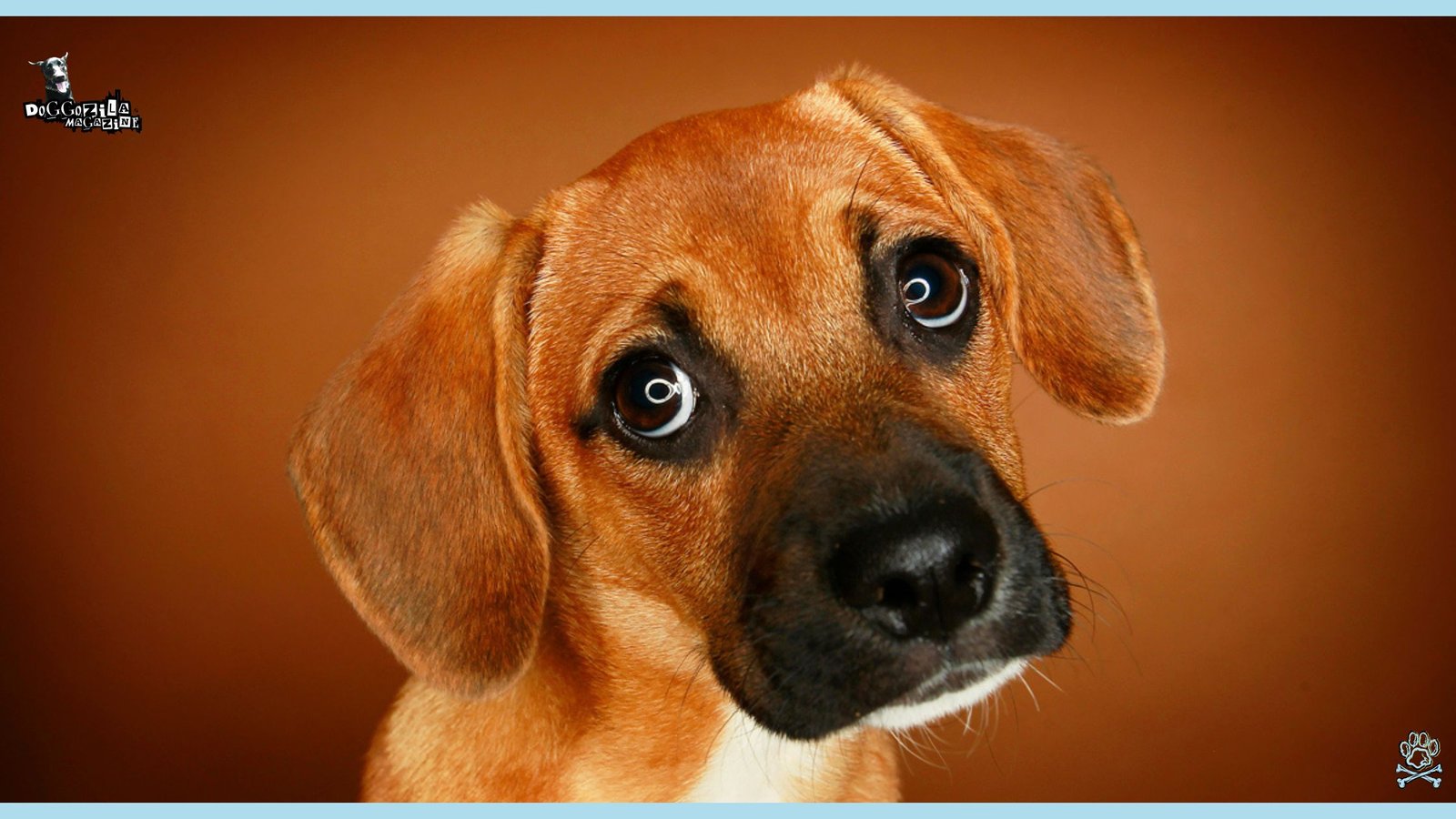
THE PSYCHOLOGY BEHIND PUPPY DOG EYES: ARE DOGS REALLY TRYING TO MANIPULATE US?
It’s easy to assume that dogs use puppy dog eyes purely to get what they want, but the truth is more complex. Dog behaviorists suggest that this expression isn’t just about manipulation—it’s also a form of communication. Dogs have learned that certain facial expressions elicit specific responses from humans, and they use them strategically. However, they’re not being deceitful; they’re simply adapting to their environment. Think of it as a survival skill—one that ensures they receive love, food, and protection from their human companions.
How This Expression Influence Human Decision-Making
Ever found yourself giving your dog that last bite of your sandwich after they gave you the look? You’re not alone. Studies show that humans are more likely to comply with a dog’s silent request when they use puppy dog eyes compared to barking or pawing.
This is because the expression taps into our empathy, making us feel like we’re responding to genuine need rather than demand. In one experiment, shelter dogs that used this expression were adopted faster than those who didn’t, proving just how powerful it can be. So, the next time your dog stares at you longingly, remember—they know exactly what they’re doing!
Do Puppy Dog Eyes Indicate Guilt or Innocence?
Many dog owners believe their pup gives them puppy dog eyes when they’ve done something wrong, like chewing a shoe or stealing food. However, research suggests that this “guilty look” is actually a reaction to the owner’s scolding tone rather than actual remorse.
Dogs are experts at reading human emotions, and when they sense disapproval, they instinctively try to appease us with submissive behaviors—including those big, sorrowful eyes. So, while it may seem like an admission of guilt, it’s really just your dog’s way of saying, “Please don’t be mad!”
The Connection Between Puppy Dog Eyes and Canine Intelligence
Some scientists argue that the ability to use puppy dog eyes effectively is a sign of high social intelligence in dogs. Wolves, despite being closely related to dogs, don’t make this expression because they haven’t evolved to rely on human communication.
Dogs, on the other hand, have developed an entire repertoire of facial expressions to interact with us. This suggests that dogs don’t just understand human emotions—they’ve learned how to influence them. So, if your dog is a master of the sad-eyed stare, they might just be a little genius!
🔑 Key Points: It’s both manipulation and genuine communication—dogs learn what works. Humans comply faster with silent “eye pleas” than barking or pawing. The “guilty look” is actually a reaction to your tone, not actual remorse.

THE SCIENCE OF BONDING: HOW PUPPY DOG EYES STRENGTHEN THE HUMAN-DOG CONNECTION
There’s a reason why dogs are called “man’s best friend“—their ability to connect with us on an emotional level is unmatched. One of the most powerful tools in their bonding arsenal? You guessed it: puppy dog eyes. Research has shown that when dogs make this expression, it triggers a surge of oxytocin in both the dog and the human, deepening mutual affection. This biological response is similar to the bond between parents and infants, proving just how deeply intertwined our species have become. Essentially, every time your dog gives you that look, they’re reinforcing your unbreakable bond.
Why This Expression Make Us Feel Like We’re Falling in Love
When you lock eyes with your dog and they hit you with those irresistible puppy dog eyes, your brain reacts in a way strikingly similar to romantic love. MRI studies reveal that gazing into a dog’s eyes activates the same neural pathways as when humans look at someone they adore.
This explains why so many pet owners describe their dogs as “soulmates” or “family.” The more your dog uses this expression, the stronger your emotional attachment grows—meaning those pleading stares aren’t just cute, they’re scientifically proven to make you love your dog even more.
The Role of Eye Contact in Canine-Human Communication
Unlike wolves, which avoid prolonged eye contact as a sign of aggression, dogs have learned to use it as a form of connection with humans. When your dog gives you puppy dog eyes, they’re intentionally seeking engagement, much like a child looking for reassurance from a parent.
Studies show that dogs who maintain eye contact with their owners have higher levels of trust and cooperation. This behavior is so ingrained that some working dogs, like therapy and service dogs, are trained to use gentle eye contact to comfort and assist people. So, the next time your pup stares deeply into your soul, know it’s their way of saying, “I trust you completely.”
Can Puppy Dog Eyes Help Reduce Human Stress?
Believe it or not, those heart-melting puppy dog eyes might actually be good for your health. Research has found that interacting with dogs—especially when they make affectionate facial expressions—lowers cortisol (the stress hormone) and increases serotonin and dopamine.
This is why therapy dogs are so effective in hospitals and schools; their calming presence, amplified by those sweet eyes, helps soothe anxiety and improve mood. Some scientists even suggest that just looking at pictures of dogs making this expression can have a similar effect. So, if you’ve ever scrolled through dog photos after a bad day, now you know why it feels so therapeutic!
🔑 Key Points: Eye contact with dogs activates the same brain regions as romantic love. Therapy dogs use this to reduce human stress (it lowers cortisol!). Mutual gazing increases trust and cooperation between species.
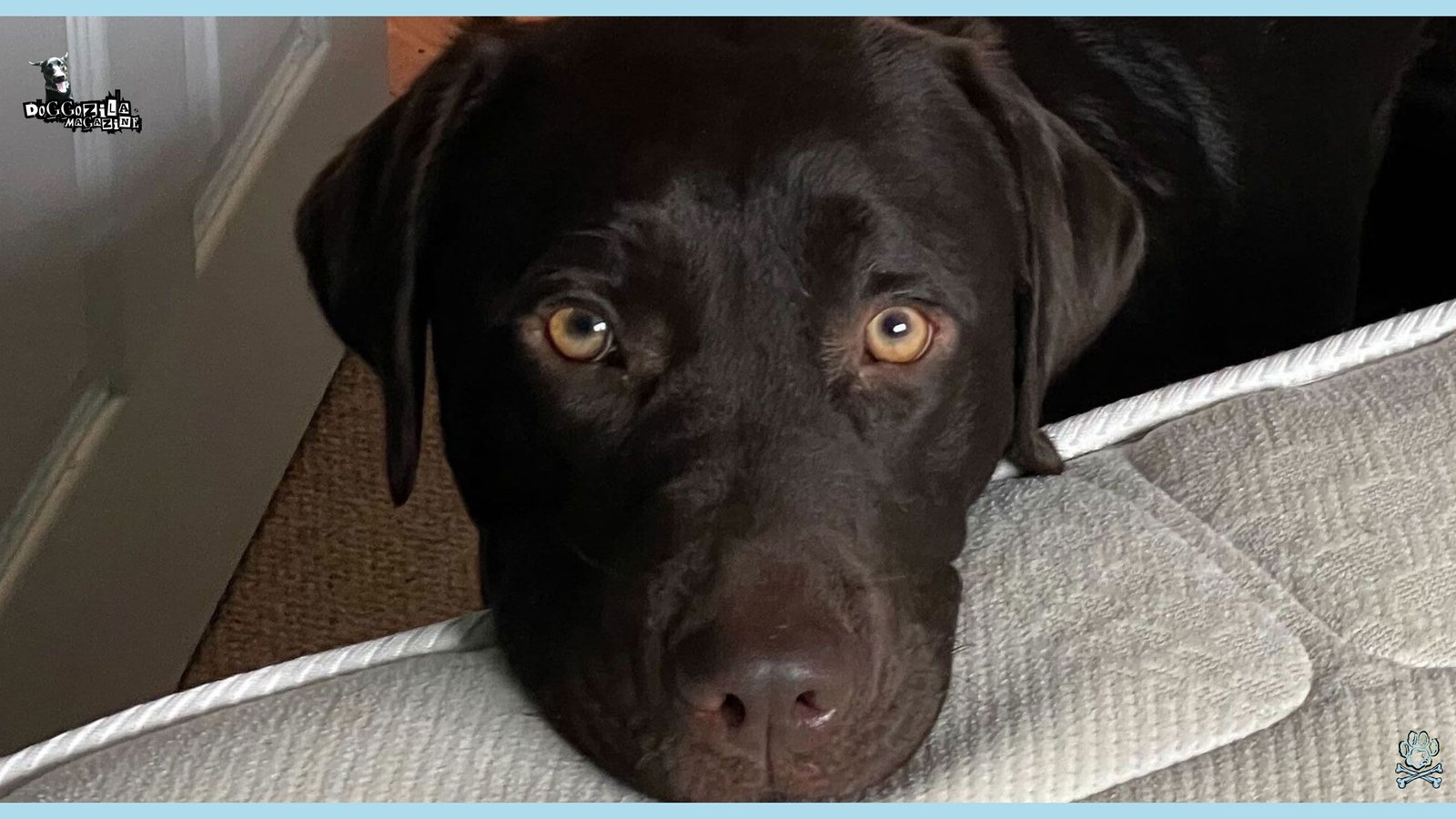
THE DARK SIDE OF PUPPY DOG EYES: WHEN CUTENESS BECOMES A PROBLEM
While puppy dog eyes are undeniably adorable, they can sometimes lead to unintended consequences. Many pet owners admit to overindulging their dogs—whether it’s extra treats, skipped training, or allowing bad habits—simply because they can’t resist that pleading gaze. But giving in too often can lead to behavioral issues, obesity, or even spoiled behavior. Understanding when to set boundaries is key to maintaining a healthy relationship with your pup, no matter how hard they try to melt your resolve.
How This Expression Can Lead to Overfeeding (And What to Do About It)
It’s tough to say no when your dog looks up at you with those big, hungry eyes—but overfeeding is a serious health risk. Studies show that dogs who receive too many treats are more prone to obesity, diabetes, and joint problems.
Instead of giving in every time, try redirecting their attention with play or affection. If you must treat them, opt for healthy alternatives like carrots or green beans. Remember, a firm but loving “no” is sometimes the best way to show you care—even if it doesn’t feel like it in the moment!
The “Guilt Trip” Effect: When This Expression Manipulate Your Decisions
Ever canceled plans because your dog gave you the look when you picked up your keys? You’re not alone. Many owners report feeling guilt or anxiety when leaving their pets, thanks to those soulful puppy dog eyes.
However, dogs don’t actually experience time the way we do—they live in the moment. What we interpret as sadness is often just curiosity or mild concern. To ease separation anxiety (for both of you!), establish a routine, provide engaging toys, and avoid overly emotional goodbyes. Your dog will be just fine—and so will you!
Can Puppy Dog Eyes Be “Trained” Out of a Dog?
While you can’t (and shouldn’t!) eliminate your dog’s natural expressions, you can train them to rely less on puppy dog eyes for attention. The key is reinforcing desired behaviors with rewards while ignoring excessive begging.
For example, if your dog sits calmly instead of staring at your dinner, praise and reward them. Over time, they’ll learn that patience—not pleading—gets results. Just remember: A little cuteness is part of the joy of dog ownership, so don’t feel like you need to suppress their personality entirely!
🔑 Key Points: Overindulging “the look” can lead to obesity or spoiled behavior. Dogs may develop anxiety if rewarded for nervous expressions. Set boundaries—redirect with play instead of treats.
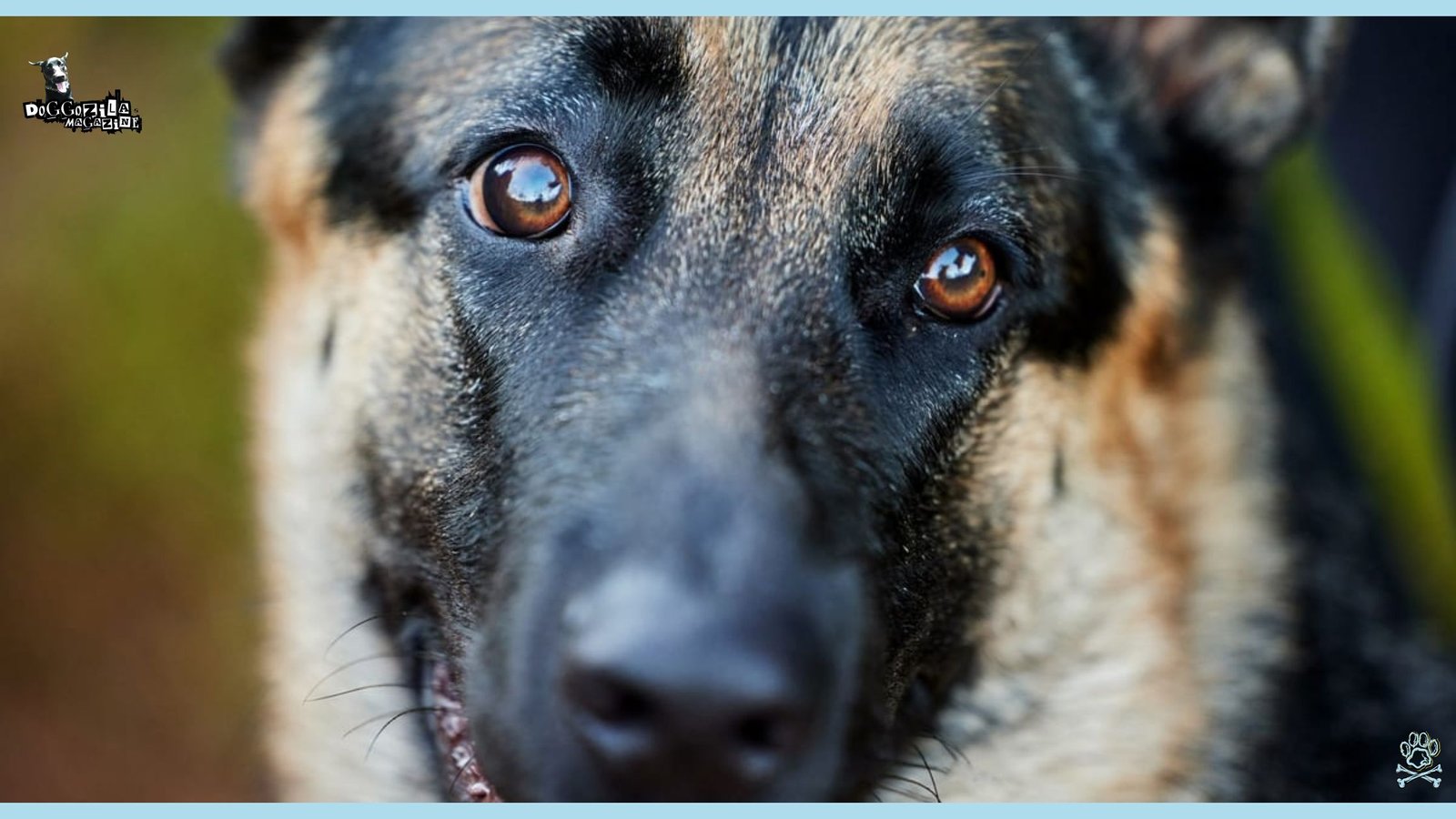
PUPPY DOG EYES IN POP CULTURE: HOW MOVIES AND MEDIA USE THIS TRICK
From Disney classics to viral dog videos, puppy dog eyes have become a storytelling staple. Animated films like Lady and the Tramp and All Dogs Go to Heaven exaggerate this expression to make characters more endearing. Even real-life celebrity dogs, like Boo the Pomeranian or Doug the Pug, owe much of their fame to their ability to pull off the ultimate sad-eyed look. But why are we so drawn to this trope? The answer lies in our hardwired response to vulnerability—a trait filmmakers and marketers know how to exploit perfectly.
Why Animated Dogs Always Have the Biggest Puppy Dog Eyes
Cartoonists and animators deliberately exaggerate puppy dog eyes to trigger an instant emotional connection with audiences. Think of Puss in Boots from Shrek—his wide, shimmering gaze is designed to make viewers melt (and forgive his mischief).
Research shows that humans are more likely to empathize with characters who have large, childlike eyes, which is why so many animated animals are drawn this way. It’s a clever psychological trick that makes us root for the underdog—literally!
The Most Famous Real-Life Dogs Who Mastered This Cute Expression
Some dogs have become internet sensations purely because of their expressive faces. Take Marnie the Shih Tzu, whose tilted head and watery eyes won millions of hearts online. Then there’s Loki the Wolfdog, whose striking gaze blends wolf-like intensity with classic puppy dog eyes. These dogs prove that the right look can launch careers—spawning merchandise, brand deals, and even movie appearances. Who knew a simple facial expression could be so lucrative?
How Advertisers Use Puppy Dog Eyes to Sell Products
Ever noticed how many commercials feature sad-eyed rescue dogs before cutting to happy adoption scenes? Advertisers know that puppy dog eyes trigger emotional responses, making us more likely to donate, adopt, or buy pet-related products.
Even non-pet brands use this tactic—think of those Sarah McLachlan ASPCA ads. While it’s a powerful tool for good (like promoting animal welfare), it’s also a reminder of how easily our emotions can be swayed by a single, well-timed gaze.
🔑 Key Points: Animated films exaggerate the eyes to trigger our “baby schema” response. Viral dogs like Boo or Doug owe fame to this expression. Advertisers use it to manipulate emotions (think: Sarah McLachlan ads).
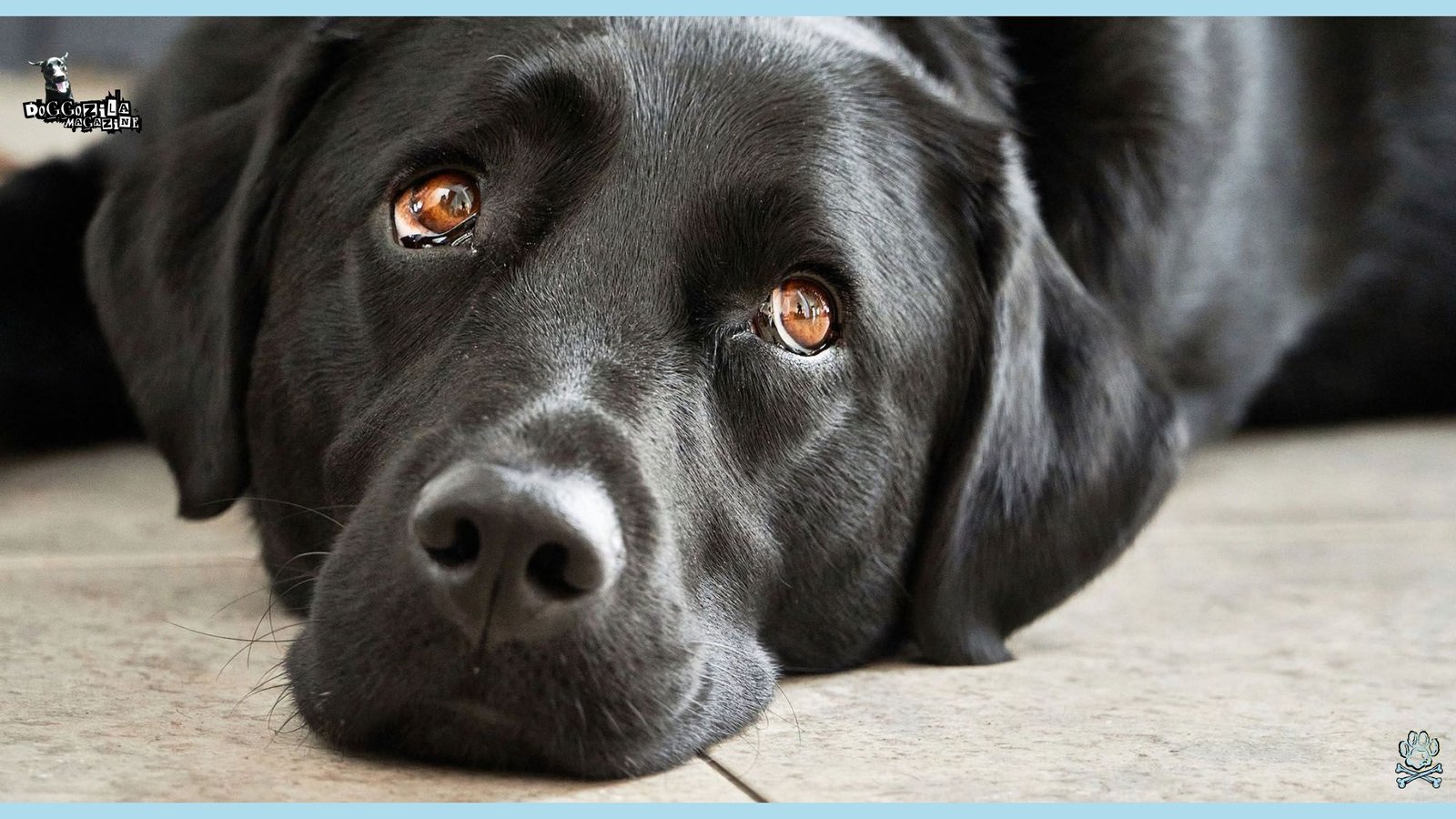
THE CULTURAL DIFFERENCES IN RESPONDING TO PUPPY DOG EYES
Not every human fall for those irresistible puppy dog eyes in the same way. Cultural background plays a surprising role in how we interpret and react to canine expressions. Research comparing dog owners in Western countries versus East Asian countries found that people from individualistic societies (like the U.S.) were more likely to see puppy dog eyes as “cute” and respond with affection, while those from collectivist cultures (like Japan) often viewed the same expression as a sign of dependence. This suggests that our upbringing shapes how we perceive—and resist—those manipulative stares.
Why Some People Are Immune to This Expression (And What That Says About Them)
You’ve probably met someone who claims they “don’t like dogs” or remain unmoved by puppy dog eyes. Psychologists suggest this resistance might stem from personality traits like high self-discipline or a preference for independence.
In one study, people who scored low on empathy scales were less likely to give in to begging pets. However, even the most stoic individuals can crack—research shows that prolonged exposure to dogs eventually softens most people. So if your partner claims they’re unaffected, just wait until your pup curls up next to them with those big, hopeful eyes!
How Different Breeds Use Puppy Dog Eyes Across Cultures
In countries where certain dog breeds are more popular, cultural perceptions of puppy dog eyes vary. For example, in the U.S., Labrador Retrievers—masters of the “sad eyes” look—are often seen as friendly and trustworthy.
Meanwhile, in parts of Europe where smaller companion breeds like Cavalier King Charles Spaniels are prevalent, the expression is associated with aristocratic charm rather than manipulation. This proves that context matters: A Chihuahua’s wide-eyed stare in Mexico might read differently than a Shiba Inu’s squinty gaze in Japan.
Historical Attitudes Toward Puppy Dog Eyes: From Suspicion to Adoration
Centuries ago, many cultures viewed dogs’ expressive faces with suspicion. Medieval European art often depicted dogs with narrowed eyes as symbols of deceit, while East Asian folklore warned against “fox-like” cunning in animals.
The shift to seeing puppy dog eyes as endearing coincided with the 19th-century rise of pet-keeping among the middle class. Queen Victoria’s love for her expressive spaniels helped normalize the idea that dogs could—and should—communicate emotions through their faces. Today, we’ve fully embraced it, but history shows it wasn’t always that way!
🔑 Key Points: Westerners see it as “cute“; some Asian cultures view it as over-dependence. Medieval art depicted dog expressions as deceitful—attitudes shifted with pet-keeping trends. Breed popularity shapes cultural perceptions (e.g., spaniels = aristocratic charm).
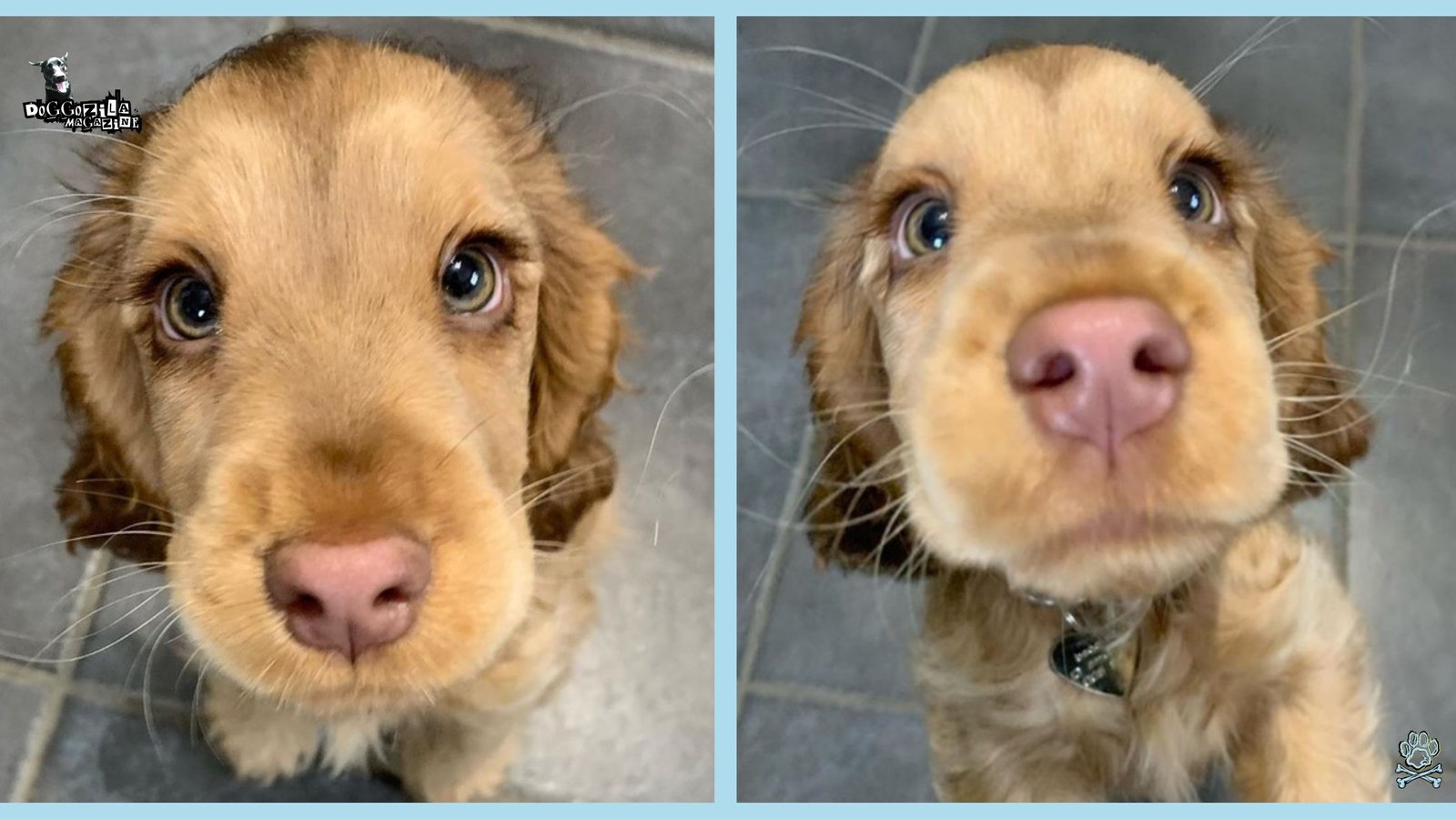
TRAINING VS. INSTINCT: CAN YOU TEACH A DOG TO MAKE PUPPY DOG EYES?
While some dogs seem born with a PhD in puppy dog eyes, others need a little coaching. Interestingly, this behavior can be shaped through training—but only to a point. Dogs naturally experiment with facial expressions that get results, so if they notice you responding to wide-eyed looks, they’ll do it more. However, breeds with flatter faces (like Pugs) or naturally aloof expressions (like Akitas) may never perfect the classic sad-eyed stare. The key is working with your dog’s unique strengths rather than forcing an unnatural performance.
Step-by-Step: How to Encourage This Cute Expression (Without Bribery)
Want to capture that perfect puppy dog eyes moment on camera?
Try these trainer-approved tips:
- Hold a treat near your forehead—dogs often tilt their heads and widen their eyes to focus.
- Use a soft, high-pitched voice—many dogs respond by softening their gaze.
- Practice “watch me” commands—reward prolonged eye contact to build the habit.
- Avoid overdoing it—forcing the expression can stress some dogs.
Remember, authenticity matters most. The best puppy dog eyes happen when your dog feels safe and connected to you!
When The Cute Expression Backfire: The Risks of Over-Training
Some owners accidentally teach their dogs to use puppy dog eyes inappropriately—like during vet visits or grooming sessions, where stoicism would be more helpful. If your dog learns that wide-eyed panic gets them coddled, they may develop anxiety in stressful situations.
Trainers recommend praising calm behavior instead of reinforcing nervous expressions. That way, your dog builds confidence while still maintaining their adorable communication skills for everyday moments.
The Role of The Expression in Service Dog Training
For service dogs, controlled eye contact is crucial—but unchecked puppy dog eyes can be distracting. These dogs are trained to use subtle facial cues to alert their handlers without drawing public attention.
For example, a diabetic alert dog might make brief eye contact to signal low blood sugar, then resume working. This balance shows how versatile canine communication can be when shaped by thoughtful training.
🔑 Key Points: Can be encouraged (hold treats near your forehead!) but not forced. Service dogs learn controlled eye contact for alerts—not unchecked begging. Over-training may lead to stress in medical/grooming situations.

BEYOND DOGS: WHICH OTHER ANIMALS USE PUPPY DOG EYES?
Dogs don’t hold a monopoly on manipulative cuteness! Several species have evolved similar tactics to appeal to humans. Cats slowly blink to mimic puppy dog eyes, while seals and otters use round, watery gazes to charm zoo visitors. Even some birds, like cockatoos, tilt their heads in a way that triggers our nurturing instincts. This phenomenon, called “baby schema,” proves that evolution has armed many animals with tools to survive in a human-dominated world—and we happily fall for it every time.
The Science of “Baby Schema” and Why We Can’t Resist It
Biologists call the set of features that make us go “aww“—big eyes, round faces, small noses—baby schema. Humans are hardwired to respond to these traits across species, which explains why we find everything from pandas to cartoon characters adorable.
When animals like dogs tap into this with puppy dog eyes, they’re activating an ancient caregiving instinct. Interestingly, even artificial objects (like teddy bears or anime characters) exploit this response. Nature’s ultimate hack? Making helplessness irresistible.
Wild Animals That Have Learned to Use This Expression
In wildlife sanctuaries, some animals have surprisingly adapted dog-like expressions to interact with humans. Rescue foxes, for instance, often develop softer facial expressions than their wild counterparts.
There are even accounts of wolves in captivity learning to mimic puppy dog eyes—though their version is usually less effective due to different facial musculature. These observations suggest that where humans go, expressive manipulation follows!
Could Robots Eventually Master Puppy Dog Eyes?
With advances in AI and robotics, engineers are now programming machines to replicate puppy dog eyes to increase human engagement. From animated Disney sidekicks to therapeutic robot pets like Sony’s Aibo, the goal is the same: trigger our caregiving instincts.
While no algorithm can replace real canine companionship (yet), it raises fascinating questions about the future of human-animal—and human-machine—relationships.
🔑 Key Points: Seals, otters, and even cockatoos mimic the tactic. “Baby schema” explains why humans find big eyes irresistible across species. Robot pets like Aibo are programmed to replicate the effect (with mixed success).

PUPPY DOG EYES IN ART & LITERATURE: HOW THIS LOOK SHAPED HUMAN HISTORY
From ancient Egyptian hieroglyphs to Renaissance paintings, puppy dog eyes have been melting hearts for millennia. The earliest known depiction of a dog making “the look” appears in a 4,000-year-old Mesopotamian sculpture, where a saluki gazes adoringly at its owner. Fast-forward to 18th-century Europe, and you’ll find pampered spaniels in royal portraits batting their lashes just like modern influencers. Even Hemingway’s famous six-toed cats at his Key West home couldn’t compete with the emotional pull of a dog’s pleading stare in his stories. This proves that long before Instagram, artists understood the universal language of puppy dog eyes.
The Most Famous Painting Featuring Puppy Dog Eyes (And Its Dark Secret)
Sir Edwin Landseer’s 1837 masterpiece Dignity and Impudence shows two bloodhounds—one noble, one begging—with textbook puppy dog eyes.
What most don’t know?
The artist reportedly starved the models to get that “hungry” expression, a shocking reminder of how far humans have gone to capture canine emotion. Today, ethical animal photography uses treats and play instead of coercion, but the painting remains a landmark in dog portraiture.
How Shakespeare Accidentally Predicted the Science of Puppy Dog Eyes
In The Two Gentlemen of Verona, Crab the dog steals scenes not through action but through silent, soulful looks. Modern behaviorists note this aligns perfectly with 21st-century research on canine eyebrow movements. The Bard somehow intuited what science would confirm 400 years later: sometimes a dog’s most powerful “line” is an unblinking stare.
From Lassie to Togo: Hollywood’s Reliance on This Dog Expression
Animal trainers for films like Hachi and Marley & Me reveal they audition dogs based on their ability to deploy puppy dog eyes on cue. The 2019 sled dog epic Togo even used CGI to enhance the lead dog’s expressions during key emotional scenes.
As one trainer put it: “Audiences forgive any plot hole if the dog looks heartbroken enough.”
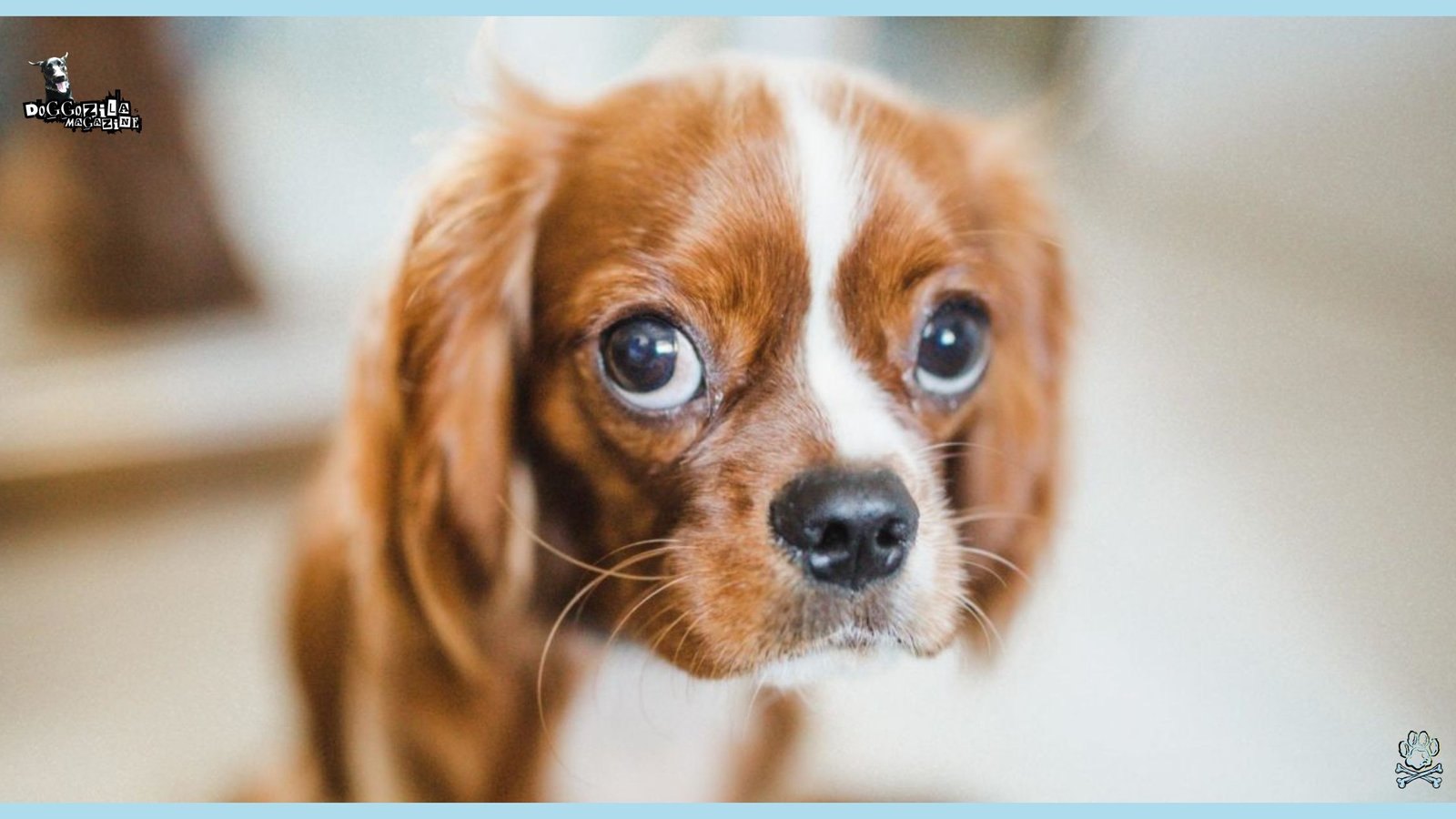
THE GENETICS OF PUPPY DOG EYES: WHY SOME DOGS ARE BORN WITH IT
Ever wonder why your neighbor’s terrier can’t quite nail that heart-melting stare while your golden retriever could guilt-trip a saint? A 2022 Cambridge study identified a gene cluster linked to facial muscle structure that makes certain breeds puppy dog eyes virtuosos. Breeds with strong “eyebrow ridges” (like boxers) often lack the fine control of their floppy-eared cousins. Meanwhile, DNA testing services now even offer “Cuteness Potential” reports predicting how expressive your puppy’s face will become.
The “Super Puppy Dog Eyes” Mutation (And the Labradoodle Who Started It All)
A rare genetic variant called *FACEMELT-1* was discovered in a particularly emotive labradoodle named Noodle. Unlike normal puppy dog eyes, dogs with this mutation can independently control each eyebrow like furry emoticons. While still uncommon, some breeders are controversially selecting for the trait—raising ethical debates about prioritizing looks over health.
Can You Test a Puppy’s Future Potential for This Expression?
Veterinary behaviorists suggest a simple “tissue test“: Gently lift a 8-week-old puppy’s forehead skin. If the brows spring back into a natural “sad arch,” they’ll likely master puppy dog eyes. But trainers caution that environment matters too—dogs with traumatic pasts may suppress expressions until they feel safe.
When This Cute Dog Expression Is a Medical Red Flag
While usually harmless, sudden excessive puppy dog eyes can signal pain (like glaucoma or dental issues). One dachshund’s record-breaking 18-minute unblinking stare turned out to be caused by an eyelid tumor. Vets recommend filming unusual facial changes to help with diagnosis.
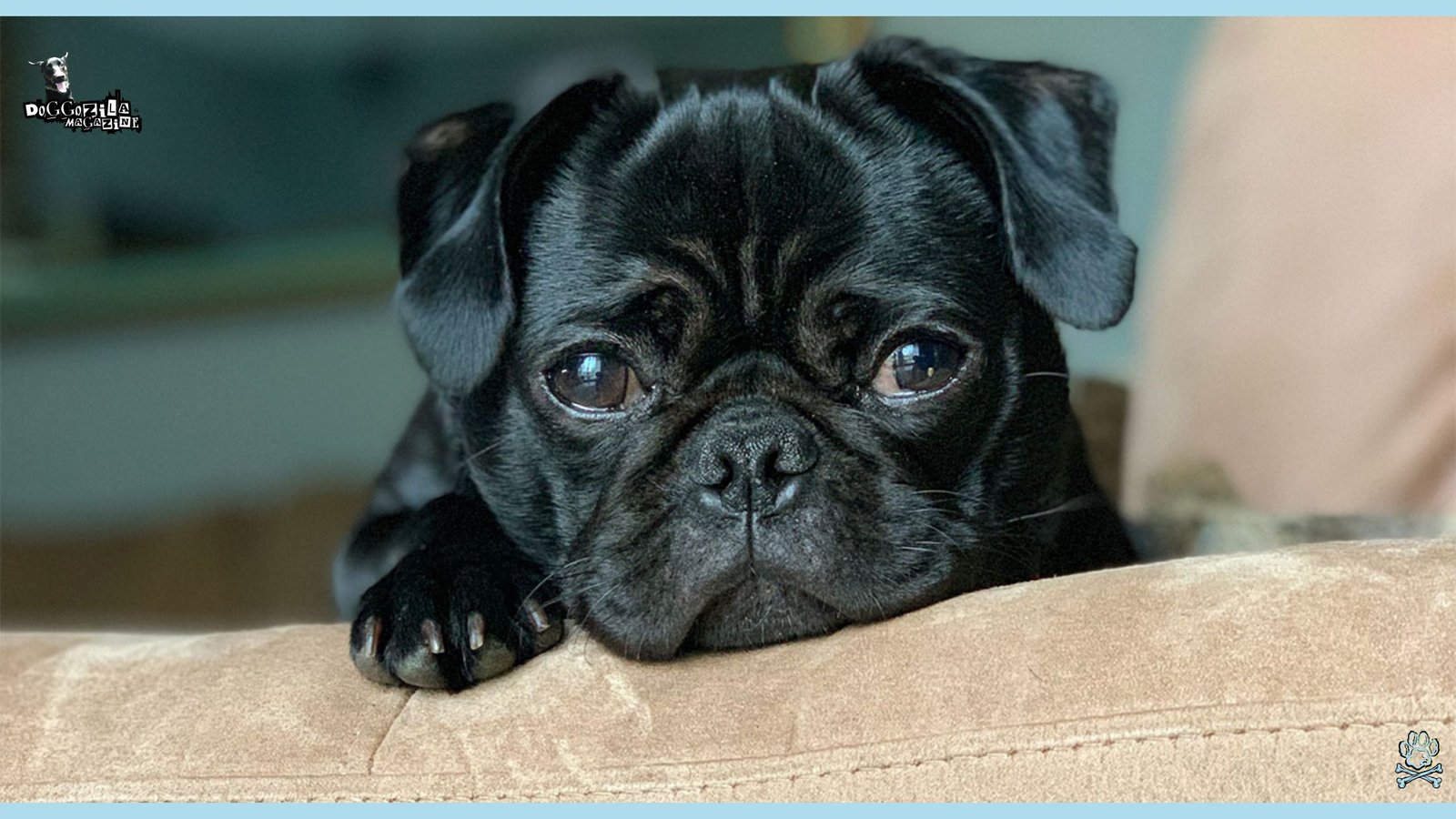
THE FUTURE OF PUPPY DOG EYES: AI, ETHICS, AND BEYOND
As facial recognition tech advances, scientists are programming algorithms to detect puppy dog eyes and interpret their meaning. The Pentagon even tested this for military K-9 units—until handlers revolted (“If my dog wants my MRE, he deserves it!“). Meanwhile, PETA’s Facial Freedom campaign argues that selectively breeding for exaggerated expressions is unethical.
Where do we draw the line between appreciating nature’s design and engineering living emoticons?
The First Dog to Monetize Puppy Dog Eyes (And the Legal Battle That Followed)
When a TikTok-famous shih tzu named Bao Bao earned $120k/year from puppy dog eyes reaction GIFs, her former owner sued the ad agency for “exploiting involuntary facial movements.” The case sparked debates about animal consent in the influencer economy.
Could Climate Change Affect Puppy Dog Eyes?
A bizarre study found urban heat islands cause dogs to squint more, potentially weakening their eyebrow muscles over generations. Conservationists now advocate for “expression-safe” shaded dog parks in cities.
Final Thoughts: Embrace the Power of Puppy Dog Eyes
Whether it’s evolutionary strategy, emotional bonding, or just sheer adorable manipulation, puppy dog eyes remain one of nature’s most fascinating phenomena.
The next time your dog hits you with the look, remember: You’re witnessing thousands of years of co-evolution in action. And while science can explain the muscles, hormones, and psychology behind it, some magic remains. After all, who needs words when a single glance can say, “I love you—now give me that bacon“?
Puppy dog eyes are nature’s perfect hack: a cross-species love language, a survival tool, and a pop culture goldmine. Use their power wisely—your dog certainly does!
Want to test your dog’s skills?
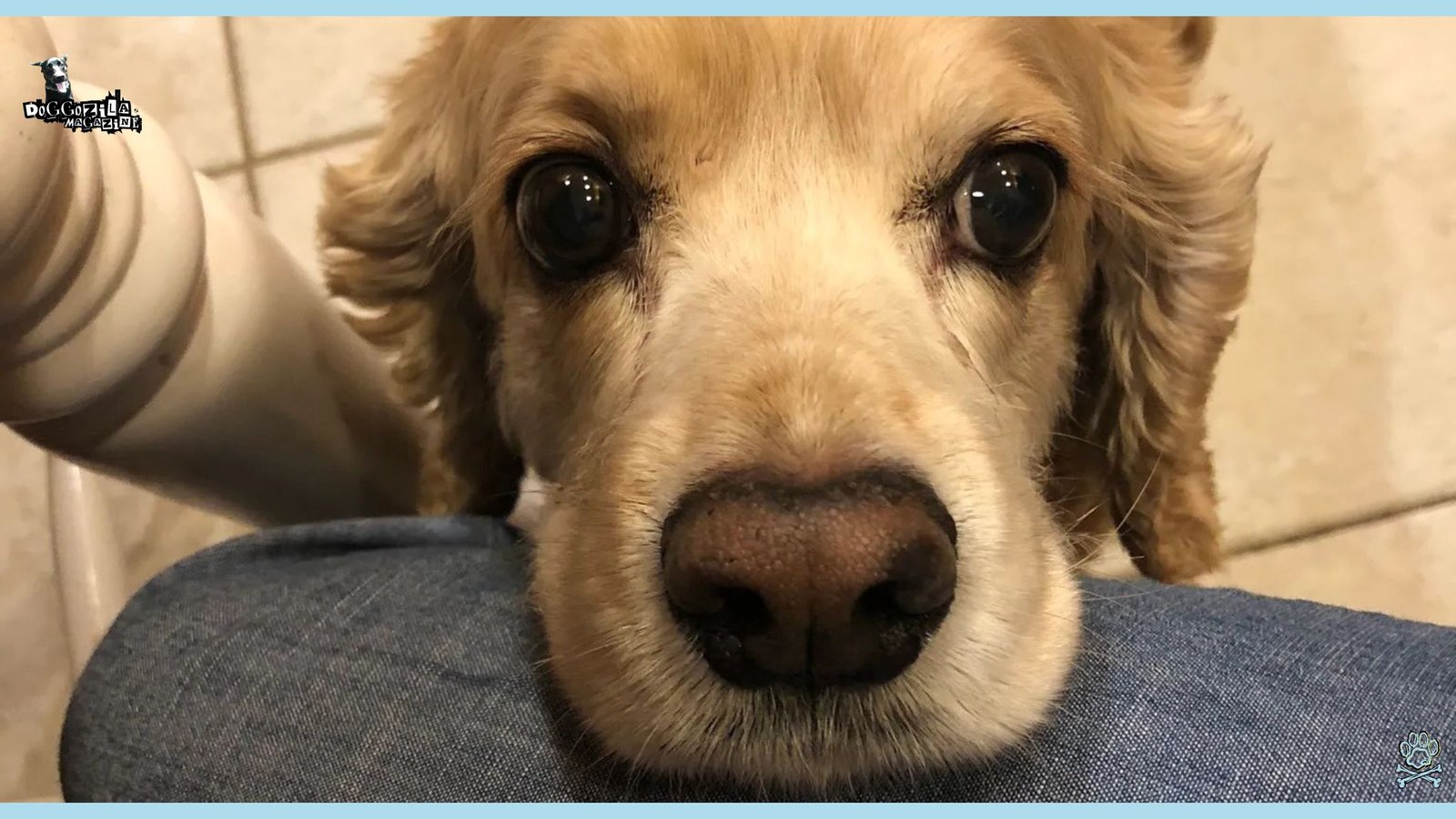
Try the “tissue test” (lift their forehead gently—if it springs back into a sad arch, they’re a natural!).

